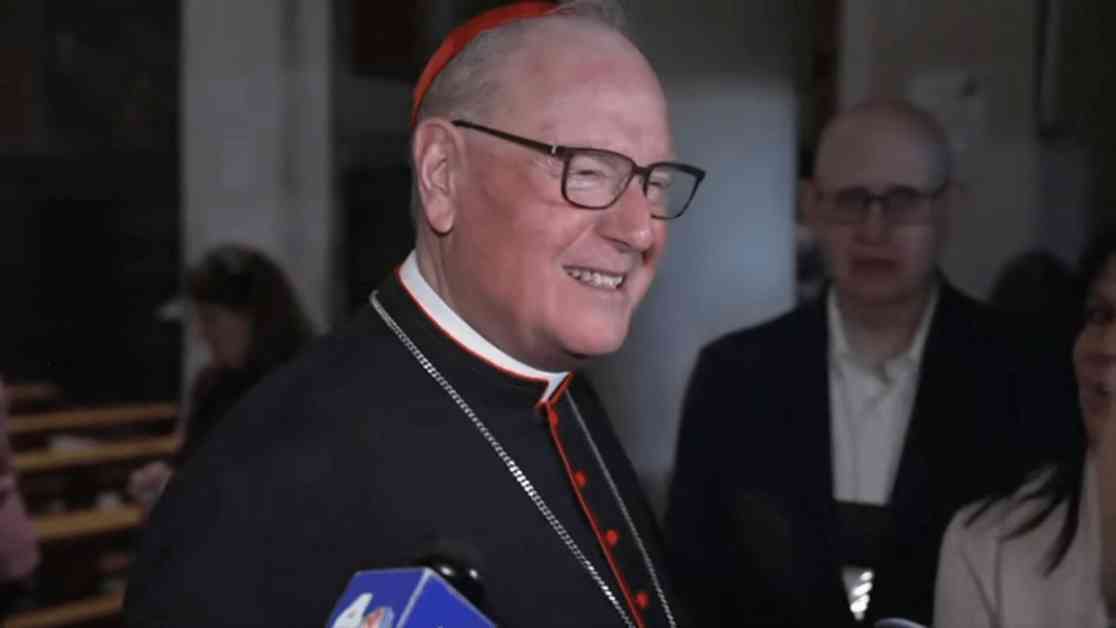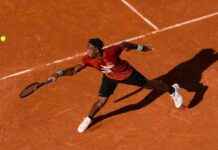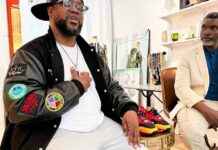The New York State Catholic Conference, representing the bishops of the state in their interactions with the government, recently called out Donald Trump for what they described as mockery. The issue arose after the White House shared an artificial intelligence-generated image of the president dressed as the pope. The Catholic Bishops of New York State took to social media to express their displeasure, stating, “There is nothing clever or funny about this image, Mr. President. We just buried our beloved Pope Francis, and the cardinals are preparing to elect a new successor of St. Peter. Do not mock us.”
The image featured Trump wearing a white cassock and a pointed miter, or bishop’s hat, which sparked discussions during the Vatican’s daily conclave briefing. Reports from Italy and Spain criticized the image, condemning its poor taste and deeming it offensive, especially during the ongoing period of official mourning for Pope Francis.
In response to the backlash, White House press secretary Karoline Leavitt defended Trump, mentioning his visit to Italy to pay respects at Pope Francis’ funeral and his support for Catholics and religious liberty. However, the controversy escalated when Trump jokingly expressed interest in becoming the next pope, even suggesting Cardinal Timothy Dolan as a potential candidate.
During a press briefing, Dolan, one of the U.S. cardinals set to vote in the conclave, addressed the image, expressing his hope that Trump was not involved in its creation. He described the image as inappropriate. The timing of the incident is particularly sensitive, given the ongoing nine days of official mourning at the Vatican following Pope Francis’ passing on April 21. Catholic cardinals are currently holding daily Masses in his memory and are scheduled to begin the conclave to select his successor on Wednesday.
Despite the controversy, Trump’s remarks and the subsequent image have raised questions about the boundaries between humor and respect, particularly in religious contexts. The incident serves as a reminder of the delicate balance required when addressing religious figures and traditions, especially during periods of mourning and transition.
As the situation continues to unfold, it remains to be seen how the relationship between the White House and the Catholic community will be affected by these events. The implications of Trump’s actions and statements, whether in jest or earnest, have sparked debates about the intersection of politics, religion, and respect for tradition. Only time will tell how these discussions will shape future interactions between the President and the Catholic Church.












